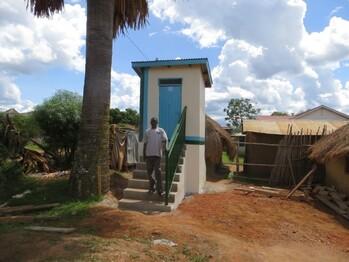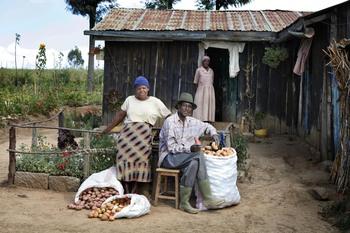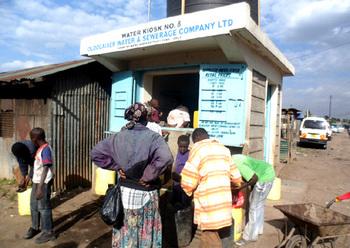Context
In 2016, only around half of the approximately 46 million people in Kenya had access to clean drinking water and adequate sanitation. The expansion of infrastructure is not keeping pace with population growth in many of the over 2,000 poor urban areas, where around eight million people live. Only 16 per cent of the total urban population are connected to a wastewater system. Untreated household wastewater, agriculture and industry are polluting the water resources, the use of which is generally not under state control. Assigning responsibility for drinking water supply and sanitation to the 47 newly created counties that was initiated by the reform of the constitution in 2010 and enshrining the right to adequate water supply and sanitation in the constitution have resulted in major challenges for the sector. So far, only a small number of counties have been able to fulfil the population’s high expectations with regard to improving public services and combating corruption in administration.
The framework conditions for governance and corporate management of urban water services and sanitation in line with the economic situation of the poor and for sustainable management of water resources are inadequate.
Objective
The population of Kenya, particularly in areas of urban poverty, has better access to drinking water and sanitation. The management of the scarce water resources that is necessary to achieve this has improved.


